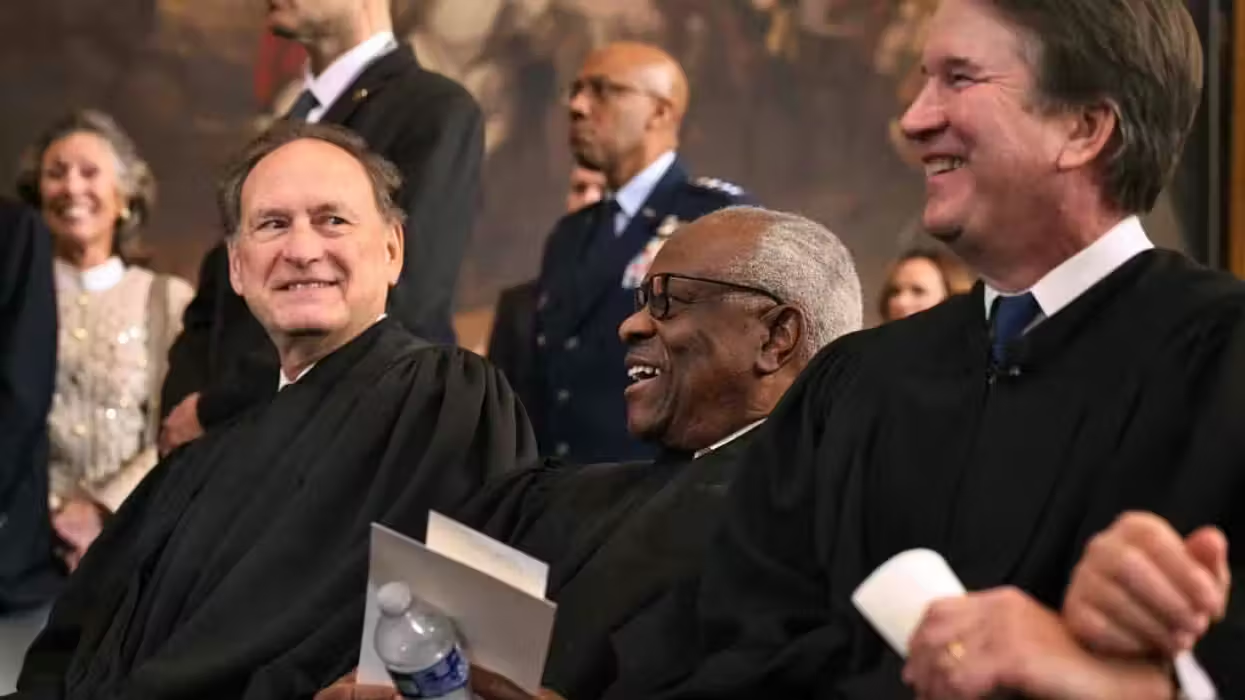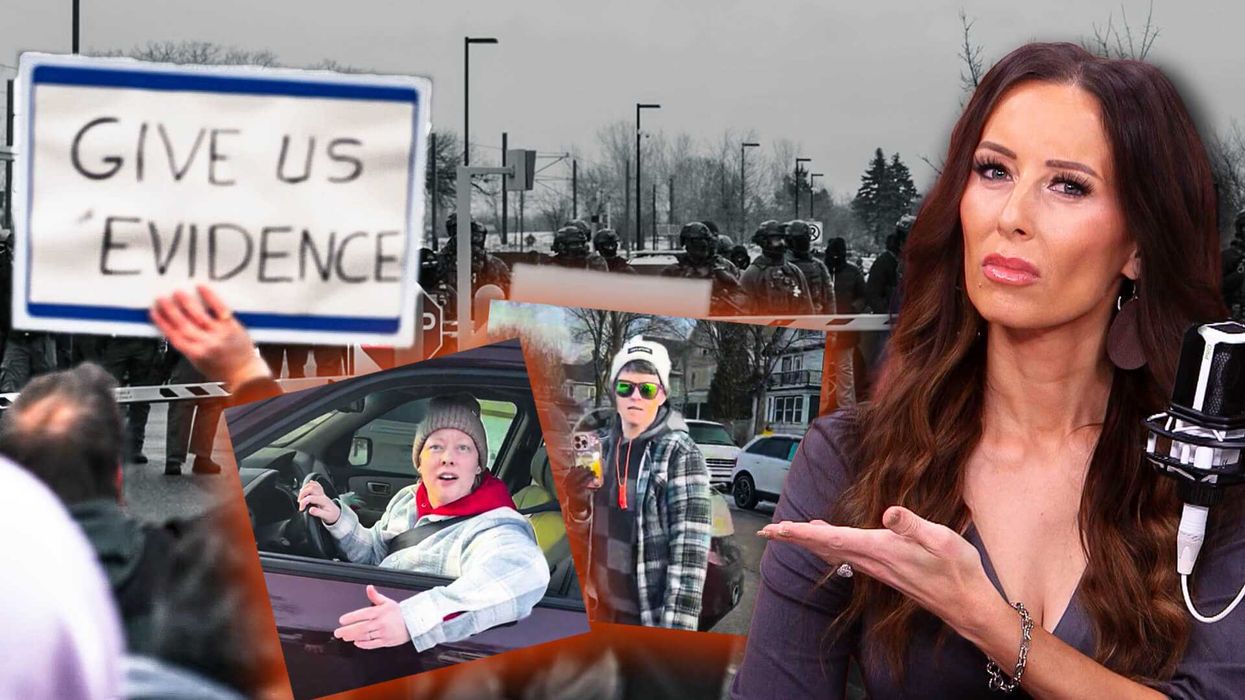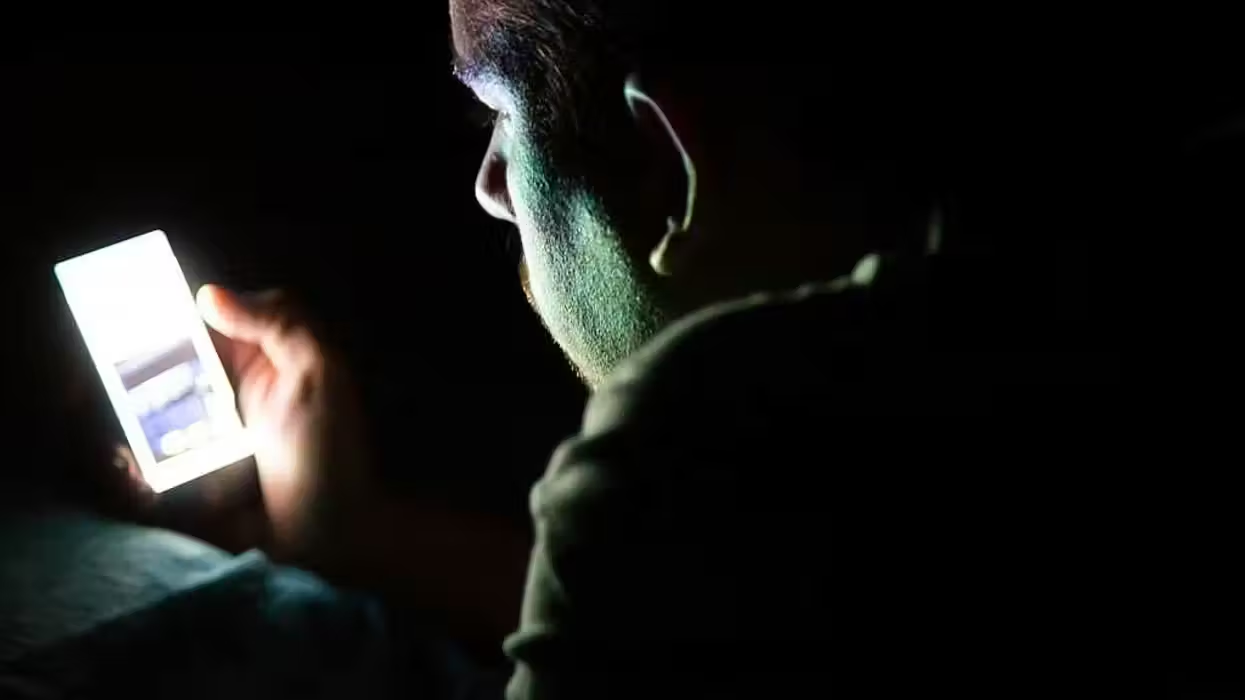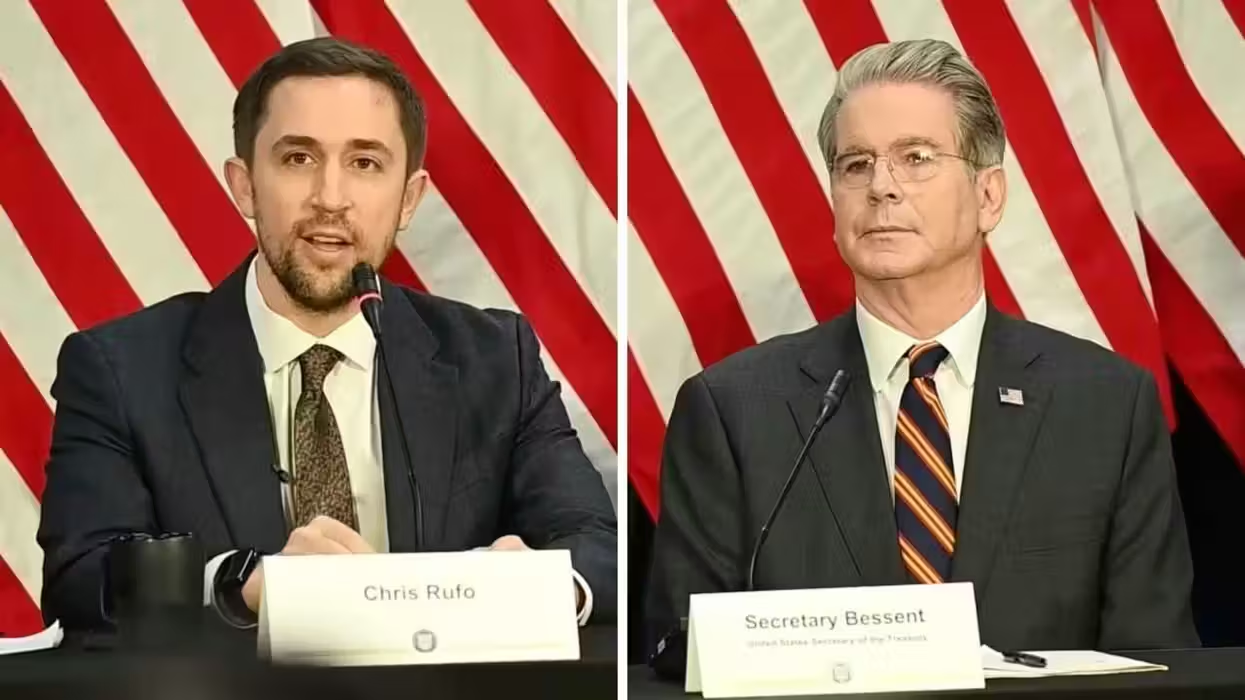
© 2026 Blaze Media LLC. All rights reserved.
Climate Scientists: 'What We're Seeing...Is a Window Into What Global Warming Really Looks Like
July 03, 2012
"It looks like heat. It looks like fires. It looks like this kind of environmental disasters."

WASHINGTON (The Blaze/AP) -- Horrendous wildfires. Oppressive heat waves. Devastating droughts. Flooding from giant deluges. And a powerful freak wind storm called a derecho -- a pet name for the Washington, D.C., storm that left thousands without power over the weekend.
These are the kinds of extremes climate scientists have predicted will come with climate change, although it's too early to say that is the cause. Nor will they say global warming is the reason 3,215 daily high temperature records were set in the month of June.
"This is what global warming looks like at the regional or personal level," said Jonathan Overpeck, professor of geosciences and atmospheric sciences at the University of Arizona. "The extra heat increases the odds of worse heat waves, droughts, storms and wildfire. This is certainly what I and many other climate scientists have been warning about."
Check out this photo gallery of the deadly Colorado wildfires, which scientists are saying are just one of the extreme events that will become increasingly prevalent with global warming:
Scientifically linking individual weather events to climate change takes intensive study, complicated mathematics, computer models and lots of time. Sometimes it isn't caused by global warming. Weather is always variable; freak things happen. And this weather has been local. Europe, Asia and Africa aren't having similar disasters now.
Even still, The Blaze reported earlier this year on a study that showed warmer, more extreme weather influenced people's belief in global warming, even if it really shouldn't. The poll by University of Michigan and Muhlenberg College showed that even though climate experts are careful to say that localized weather events cannot necessarily be tied to global warming as a whole, about half of those responding in the study linked whether or not they believed in global warming -- either man-made or cyclical -- to the weather they observed outside their windows.
The Washington Post and Sanford University released their own poll yesterday that found climate change no longer ranks as American's number one environmental concern. Reporting conversations with some of the respondents, one said the would link the recent wildfires with global warming, but another respondent said that even though she thinks warmer winters and summers are a sign of climate change, she doesn't "really give it a thought."
Gene Karpinski, president of the League of Conservation Voters, told the Washington Post that is is "sad" that mainstream-media coverage and "Congress falsely screaming hoax" have made global warming less of a priority.
“But record-breaking temperatures, intense droughts and wildfires, and other climate-related disasters will hopefully be a wake-up call," Karpinski said.
The Associated Press reports that since at least 1988, climate scientists have warned that climate change would bring, in general, increased heat waves, more droughts, more sudden downpours, more widespread wildfires and worsening storms. In the United States, these extremes are believed to be happening now.
So far this year, more than 2.1 million acres have burned in wildfires, more than 113 million people in the U.S. were in areas under extreme heat advisories last Friday, two-thirds of the country is experiencing drought, and earlier in June, deluges flooded Minnesota and Florida.

Kevin Trenberth, head of climate analysis at the National Center for Atmospheric Research in fire-charred Colorado, warned these record-breaking conditions would happen, so it's I told-you-so time, he said to AP.
In March, a special report an extreme events and disasters by the Intergovernmental Panel on Climate Change warned of "unprecedented extreme weather and climate events." Its lead author, Chris Field of the Carnegie Institution and Stanford University, said Monday, "It's really dramatic how many of the patterns that we've talked about as the expression of the extremes are hitting the U.S. right now."
Watch this overview of the report to get an idea of what its experts found:
"What we're seeing really is a window into what global warming really looks like," said Princeton University geosciences and international affairs professor Michael Oppenheimer. "It looks like heat. It looks like fires. It looks like this kind of environmental disasters."
Oppenheimer said that on Thursday. That was before the East Coast was hit with triple-digit temperatures and before a derecho -- an unusually strong, long-lived and large straight-line wind storm -- blew through Chicago to Washington. The storm and its aftermath killed more than 20 people and left millions without electricity. Experts say it had energy readings five times that of normal thunderstorms.
Fueled by the record high heat, this was one of the most powerful of this type of storm in the region in recent history, said research meteorologist Harold Brooks of the National Severe Storm Laboratory in Norman, Okla. Scientists expect "non-tornadic wind events" like this one and other thunderstorms to increase with climate change because of the heat and instability, he said.
Such patterns haven't happened only in the past week or two. The spring and winter in the U.S. were the warmest on record and among the least snowy, setting the stage for the weather extremes to come, scientists say.
Since Jan. 1, the United States has set more than 40,000 hot temperature records, but fewer than 6,000 cold temperature records, according to the National Oceanic and Atmospheric Administration. Through most of last century, the U.S. used to set cold and hot records evenly, but in the first decade of this century America set two hot records for every cold one, said Jerry Meehl, a climate extreme expert at the National Center for Atmospheric Research. This year the ratio is about 7 hot to 1 cold. Some computer models say that ratio will hit 20-to-1 by midcentury, Meehl said.
"In the future you would expect larger, longer more intense heat waves and we've seen that in the last few summers," NOAA Climate Monitoring chief Derek Arndt said.
The 100-degree heat, drought, early snowpack melt and beetles waking from hibernation early to strip trees all combined to set the stage for the current unusual spread of wildfires in the West, said University of Montana ecosystems professor Steven Running, an expert on wildfires.
While at least 15 climate scientists told The Associated Press that this long hot U.S. summer is consistent with what is to be expected in global warming, history is full of such extremes, said John Christy at the University of Alabama in Huntsville. He's a global warming skeptic who says, "The guilty party in my view is Mother Nature."
Still, the majority of mainstream climate scientists, such as Meehl, disagree: "This is what global warming is like, and we'll see more of this as we go into the future."
Those skeptical of man-made global warming are often touted as not being as well educated or experts in the field to make their dissenting claims with any clout. But Fox News reported in late May that according to a poll published in Nature Climate Change, that "as respondents’ science literacy scores increased, their concern with climate change decreased."
Want to leave a tip?
We answer to you. Help keep our content free of advertisers and big tech censorship by leaving a tip today.
Want to join the conversation?
Already a subscriber?
more stories
Sign up for the Blaze newsletter
By signing up, you agree to our Privacy Policy and Terms of Use, and agree to receive content that may sometimes include advertisements. You may opt out at any time.
Related Content
© 2026 Blaze Media LLC. All rights reserved.
Get the stories that matter most delivered directly to your inbox.
By signing up, you agree to our Privacy Policy and Terms of Use, and agree to receive content that may sometimes include advertisements. You may opt out at any time.






